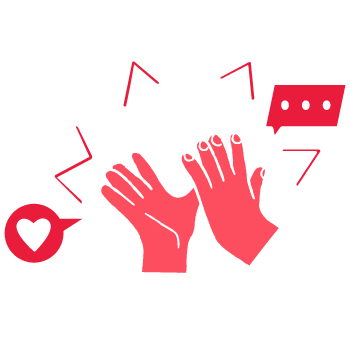This is where whiteboard animations come in. These engaging, hand-drawn-style videos break down complicated legal topics into simple, visual stories making them perfect for law firms looking to whiteboard animations boost engagement with clients, stakeholders, and even jurors.
But how exactly do whiteboard animations boost engagement in the legal sector? And why should European law firms adopt them? This ultimate guide covers everything you need to know.
Why Engagement Matters in the Legal Industry
Before diving into whiteboard animations, it’s important to understand why engagement is critical for law firms:
- Client trust – Clear communication builds confidence in legal services.
- Case success – Jurors and judges better retain visual explanations.
- Competitive edge – Firms that simplify legal processes stand out.
- Compliance & education – Clients need to understand their rights and obligations.
Traditional methods—long documents, PowerPoint slides, or verbal explanations often fail to hold attention. Whiteboard animations offer a dynamic alternative that keeps audiences engaged from start to finish.
How Whiteboard Animations Boost Engagement in Legal Services
1. Simplifying Complex Legal Concepts
Legal processes whether corporate law, litigation, or compliance are inherently complex. Clients struggle to grasp terms like “intellectual property rights,” “merger clauses,” or “data protection regulations.”
Whiteboard animations turn these abstract ideas into visual metaphors. For example:
- A patent application process can be shown as a step-by-step journey.
- GDPR compliance can be illustrated with simple icons and animations.
This clarity boosts engagement by making legal advice more accessible to non-experts.
2. Enhancing Client Consultations & Onboarding
First meetings with clients set the tone for the entire relationship. Instead of overwhelming them with paperwork, law firms can use whiteboard animations to:
- Explain legal procedures (e.g., how a divorce or business incorporation works).
- Outline fee structures transparently.
- Showcase firm expertise in an engaging way.
Studies show that people retain 95% of information from videos compared to just 10% from text. By integrating animations into consultations, firms improve client understanding and satisfaction.
3. Improving Marketing & Lead Generation
In a competitive market, law firms need to differentiate themselves. Whiteboard animations help by:
- Making websites more engaging – Animated explainers reduce bounce rates.
- Boosting social media reach – Legal tips in video format get more shares.
- Converting leads faster – Prospective clients trust firms that explain services clearly.
European firms like Allen & Overy and Freshfields have used animated videos to simplify their service offerings, resulting in higher inquiry rates.
4. Strengthening Litigation & Courtroom Presentations
Persuasion is key in litigation. Whether presenting to a judge or jury, whiteboard animations can:
- Visualize timelines (e.g., in criminal defense cases).
- Demonstrate liability in personal injury claims.
- Simplify financial fraud cases with animated flowcharts.
Judicial systems in the UK, Germany, and France increasingly allow digital exhibits, making whiteboard animations a powerful courtroom tool.
5. Training & Internal Knowledge Sharing
Law firms invest heavily in training associates and staff. Instead of dry manuals, whiteboard animations can:
- Explain law updates (e.g., new EU regulations).
- Standardize onboarding for new hires.
- Clarify compliance protocols visually.
This not only boosts engagement among employees but also ensures consistent understanding across teams.
Real-World Examples in Europe
Several European law firms have successfully used whiteboard animations:
- Clifford Chance (UK) – Created animated explainers for Brexit-related legal changes.
- Loyens & Loeff (Netherlands) – Used whiteboard videos to simplify tax law updates.
- Garrigues (Spain) – Developed client-friendly animations for contract law.
These examples prove that whiteboard animations boost engagement at every level from client consultations to courtroom strategies.
How to Create Effective Legal Whiteboard Animations
Ready to implement whiteboard animations? Follow these steps:
1. Define Your Objective
- Is it for client education, marketing, or litigation support?
- Who is the target audience (clients, judges, employees)?
2. Craft a Clear Script
- Avoid legal jargon.
- Focus on one key message per video.
- Keep it under 2 minutes for optimal engagement.
3. Work with Professional Animators
- Choose studios experienced in legal storytelling.
- Ensure animations align with your firm’s branding.
4. Optimize for Distribution
- Embed on your website’s practice area pages.
- Share via LinkedIn, YouTube, and email newsletters.
- Use in client meetings and seminars.
5. Measure Impact
- Track video views, time spent, and conversion rates.
- Gather client feedback on clarity and usefulness.
Potential Challenges & Solutions
While whiteboard animations offer many benefits, law firms may face hurdles:
- Perceived informality – Some traditional firms worry animations undermine professionalism.
Solution: Use a clean, sophisticated art style. - Regulatory restrictions – Certain jurisdictions limit legal advertising.
Solution: Focus on educational, non-promotional content. - Production costs – High-quality animations require investment.
Solution: Start with one high-impact video, then scale.
The Future of Whiteboard Animations in European Law
As legal tech evolves, whiteboard animations will play an even bigger role in:
- AI-powered legal assistants (interactive explainers).
- Virtual client consultations (personalized videos).
- Multilingual legal outreach (animations with subtitles).
Firms that adopt this tool early will gain a competitive advantage in client communication and brand authority.
Conclusion
In Europe’s legal industry where clarity and trust are paramount whiteboard animations boost engagement by transforming complex ideas into compelling visual stories. From client consultations to courtroom presentations, this tool helps law firms communicate more effectively while standing out in a crowded market.
If your firm hasn’t explored whiteboard animations yet, now is the time. A small investment in visual storytelling could lead to higher client satisfaction, better case outcomes, and stronger brand recognition.





